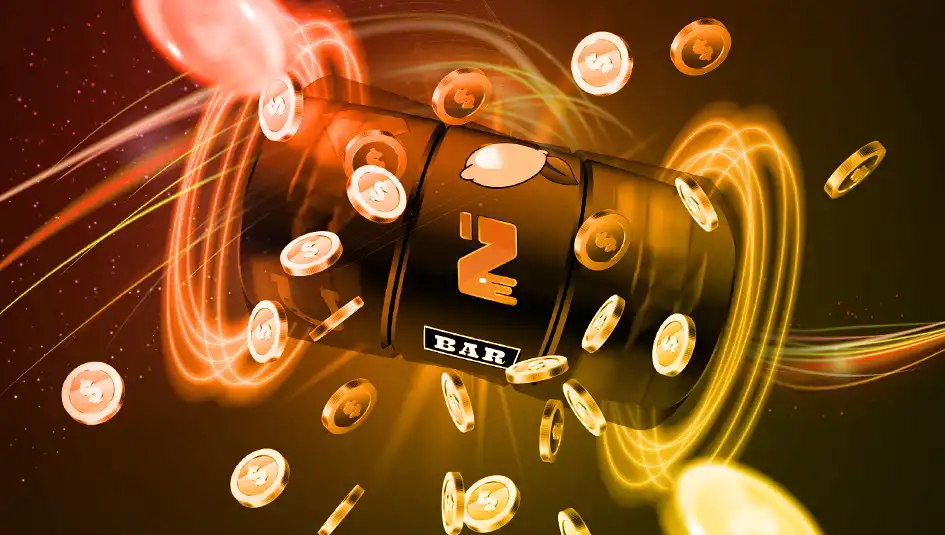
Volatility is a cornerstone concept in both slot machine design and sports betting markets, yet it manifests in distinct but surprisingly analogous ways across these two gaming domains. In slot machines, volatility—often referred to as variance—gauges the frequency and magnitude of payouts. High‑volatility slots deliver infrequent but substantial wins, whereas low‑volatility games reward players with smaller, more regular payouts. In sports betting, odds similarly reflect the risk‑reward ratio of each wager: long‑shot underdogs promise large payoffs for rare outcomes, while favorites offer modest returns with greater reliability. By borrowing the mathematical risk models that developers use to craft slot volatility, savvy bettors can gain fresh insights into how to interpret odds movements, tailor their staking plans, and ultimately manage their bankroll more effectively.
The concept of Volatility in Slot machines
Slot volatility is determined by the distribution of symbol values สล็อตเงินวอน and hit probabilities embedded within a game’s random number generator (RNG). Developers analyze thousands of spin outcomes to calibrate a game’s theoretical return to player (RTP) and variance, ensuring that over a long run, the slot achieves both its advertised RTP and the intended hit frequency. High‑variance slots might have an RTP of 96%, but with only one jackpot trigger per several thousand spins. Conversely, a low‑variance slot might pay out small prizes every few spins, smoothing the ride but capping big‑win potential. Crucially, understanding volatility allows players to set realistic expectations: aggressive bankroll strategies suit high‑variance games, while conservative play aligns with low‑variance titles.
Translating Volatility to Sports Betting Odds
Sports betting odds encapsulate a similar trade‑off between risk and reward. Decimal, fractional, or American odds translate the implied probability of an event into a payout multiple. A heavily favored team with implied odds of 1. 20 (or −500 in American odds) offers a mere 20% return for a correct wager—analogous to a low‑variance slot’s small but frequent wins. By contrast, an underdog at odds of 5. 00 (or +400) behaves like a high‑variance slot: rare hits, huge payoffs. Recognizing odds as volatility indicators helps bettors choose markets that align with their appetite for risk. Just as slot game volatility is listed in casino lobbies or game info screens, bettors should read odds as a natural signal of expected variability in returns.
Risk Management Strategies Across Domains
Both slot players and sports bettors can employ volatility‑informed bankroll tactics to maintain longevity. In slots, a common rule is to keep individual bets under 1–2% of the total bankroll on high‑variance games, reducing the risk of ruin during cold streaks. For sports wagering, the same principle applies: flat‑unit betting—staking a fixed percentage (often 1–3%) per bet—ensures that long‑shot parlays or underdog picks don’t decimate funds in a single loss. Furthermore, bettors can adjust their unit sizes based on implied probability: smaller units on high‑volatility, long‑odds selections, and larger units on low‑volatility, favorite‑backed wagers. By aligning wager sizing with odds‑derived volatility, bettors preserve capital and avoid the psychological pitfalls of chasing losses.
Modeling Odds Movements with Slot‑Inspired Tools
Slot developers use advanced statistical models—such as Poisson distributions for hit frequencies and Monte Carlo simulations—to predict long‑term payout patterns. Bettors can adapt these methodologies to sports odds, employing simulation software to model expected outcomes across a range of scenarios. For example, by simulating 1, 000 runs of a football match based on historical goal distributions, a bettor can estimate the true probability of an upset, then compare that to market odds to identify value bets. Similarly, tracking odds volatility over time—how lines shift in response to team news, weather, or betting volume—mirrors the analysis of slot RTP fluctuations after game patches. These quantitative techniques empower bettors to make data‑driven decisions rather than rely on gut feelings.
Practical Applications for Bettors
In practice, understanding volatility means more than theory; it translates into tangible advantages at the betting window. Suppose a bettor identifies a mid‑range underdog whose true upset probability exceeds the implied odds payout; this is akin to discovering a “hot” slot with temporary enhanced RTP. Armed with that insight, the bettor can briefly increase their stake on that market, mirroring the strategy of raising bets during rewarding feature‑round spurts in slots. Conversely, during events with extremely lopsided odds—high‑variance propositions—a prudent bettor will allocate only minimal “speculative” units, akin to minimal‐bet spins on a volatile slot, preserving bankroll for more favorable opportunities. Across both arenas, matching wager size to volatility ensures that each stake aligns with the underlying risk profile.
Conclusion
Volatility unites the worlds of slot machines and sports betting under a shared framework of risk, reward, and probability. By applying slot machine risk models—rooted in variance analysis, RTP calibration, and statistical simulation—to the interpretation of sports betting odds, players can elevate their approach from guesswork to strategic rigor. This cross‑domain perspective not only refines bankroll management through volatility‑adjusted staking plans but also unlocks opportunities to exploit mispriced odds and seasonal promotions. Ultimately, embracing the principles of volatility equips bettors with a disciplined, mathematically grounded roadmap to navigate the unpredictable yet electrifying terrains of both slot play and sports wagering.